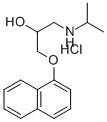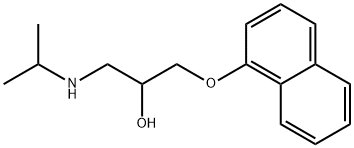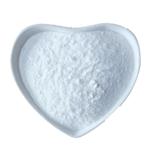Description
Propranolol hydrochloride is a off-white to light-yellow cyrstalline solid, easily soluble in ethanol and water.
Uses
Propranolol Hcl is a beta blocker used to treat high blood pressure, irregular heartbeats, shaking (tremors), and other conditions. It is used after a heart attack to improve the chance of survival. It is also used to prevent migraine headaches and chest pain (angina).
Brand name
Inderal,Avlocardyl, Deralin, Dociton, Inderalici, InnoPran XL, Indoblok,Sumial, Anaprilin, and Bedranol SR (Sandoz),Ciplar,Ciplar LA
Mechanism of action
Propranolol is classified as a competitive non-cardioselective sympatholytic beta blocker that crosses the blood–brain barrier. It is lipid soluble and also has sodium channel blocking effects. Propranolol is a non-selective β-adrenergic receptor antagonist, or beta blocker.Propranolol is able to cross the blood–brain barrier and exert effects in the central nervous system in addition to its peripheral activity.
Pharmacokinetics
Propranolol Hcl is rapidly and completely absorbed, with peak plasma levels achieved about 1–3 hours after ingestion. More than 90% of the drug is found bound to plasma protein in the blood.Coadministration with food appears to enhance bioavailability.Despite complete absorption, propranolol has a variable bioavailability due to extensive first-pass metabolism. Hepatic impairment therefore increases its bioavailability. The main metabolite 4-hydroxypropranolol, with a longer half-life (5.2–7.5 hours) than the parent compound (3–4 hours), is also pharmacologically active. Most of the metabolites are excreted in the urine.
Side effects
Common side effects include nausea, abdominal pain, and constipation.It may worsen the symptoms of asthma.Propranolol may cause harmful effects for the baby if taken during pregnancy.





